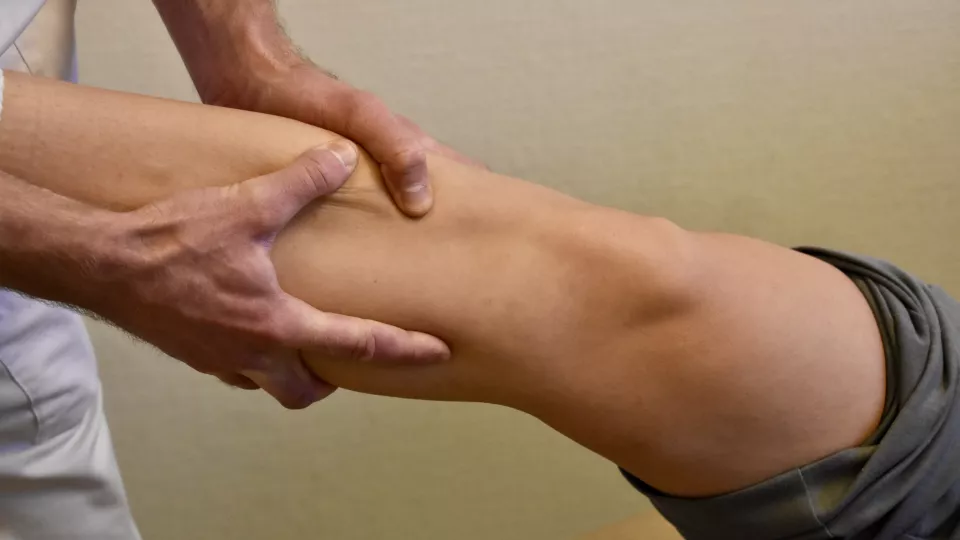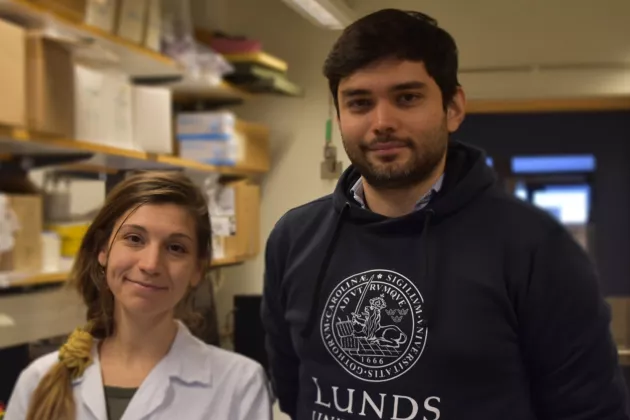In this first report of our series, we meet Fatima, 55 years old, who has had problems with her knee for 3 years, and who has previously had her other knee operated for similar problems. The pain in her knee is now her biggest concern, and has increased to such an extent that she needs to take a lot of painkillers to cope with everyday life. Previously, the problems were mostly linked to certain movements, but in recent months, the pain has persisted even during rest. Besides, she has experienced knee swelling at times. Fatima feels that her knee pain now affects her daily life so much that she visited her primary care health center to have it assessed.
After some waiting and an X-ray, she is now at the hospital, meeting an orthopedic doctor. During the visit, the doctor looks over her X-rays, but also asks her questions about how her daily activities are affected, when and where the pain is felt the most, and what Fatima's thoughts and wishes are about future treatment. Fatima is also asked to lie down so that the doctor can do a physical assessment of the knee and test its mobility, for instance by bending and extending the leg. The doctor sees that Fatima's complaints are consistent with what could be seen on the X-rays. It is not always the case that findings on X-rays coincide with the patient's experience; sometimes a person with only small changes on X-rays may suffer a lot from osteoarthritis symptoms, or vice versa. Therefore, it is extremely important for the doctor to see and talk to the patient themselves.
After this part of the examination, the doctor also listens to the heart and lungs and takes a blood pressure reading to ensure that there are no other health problems that need to be addressed before surgery. If a patient has problems, for instance with high blood pressure, but is already receiving treatment for this, that may be sufficient. However, if a patient is not aware of their high blood pressure, they may be recommended to return to primary care for check-up, so that a general practitioner can determine if the condition requires treatment.
The orthopedic doctor and Fatima together come to the conclusion that surgery is reasonable for her knee that is currently in pain, and the doctor thus puts her in queue for joint replacement. At the moment, long waiting times mean that it may take up to a year before the operation is done, unless Fatima chooses to exercise her right to guaranteed care within 90 days. If a patient should exercise this right, it is up to the patient themselves to contact their healthcare coordinator to let them know of this decision. If Fatima would choose to do so, she would receive recommendations for orthopedic centers that can help her, among which she would have to choose. Many patients who are operated under the 90-day healthcare guarantee receive treatment from private healthcare providers. It is worth noting that medical requirements for surgery may differ between private and public healthcare providers. For instance, BMI, co-existing conditions and risks for complications may make treatment at private clinics unsuitable for certain patients, who may have to wait until there is an appointment at the hospital.
Alongside her doctor's visit, Fatima also meets a nurse who gives her more information about waiting times and the possibility of using the 90-day healthcare guarantee. The nurse also answers any other questions Fatima has and gives her informational material to take home. Since Fatima has previously received surgery on her other knee, she doesn’t have so many questions.
Fatima also chooses to wait for an appointment at the hospital, as she had her previous surgery there and trusts both the staff and the environment there.





